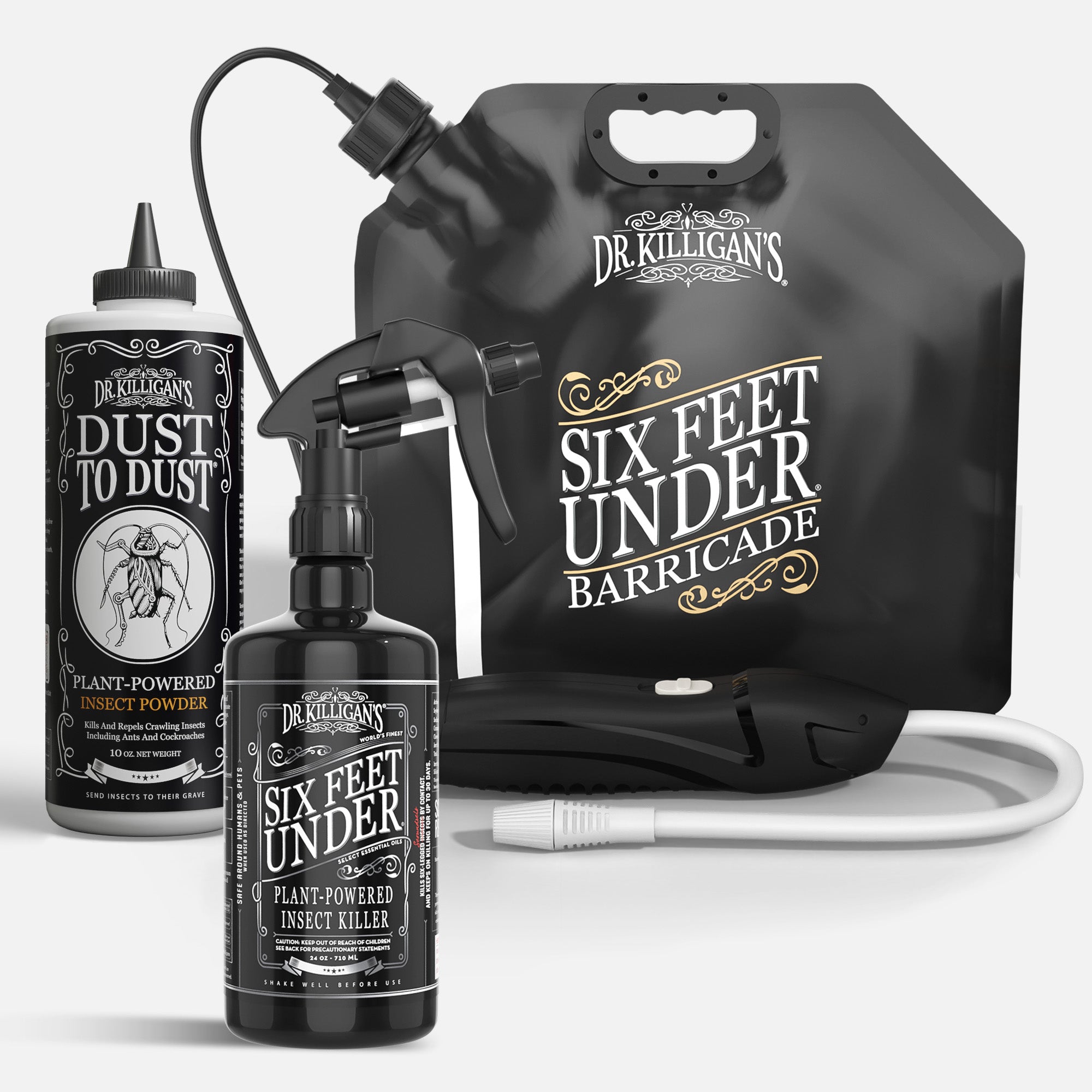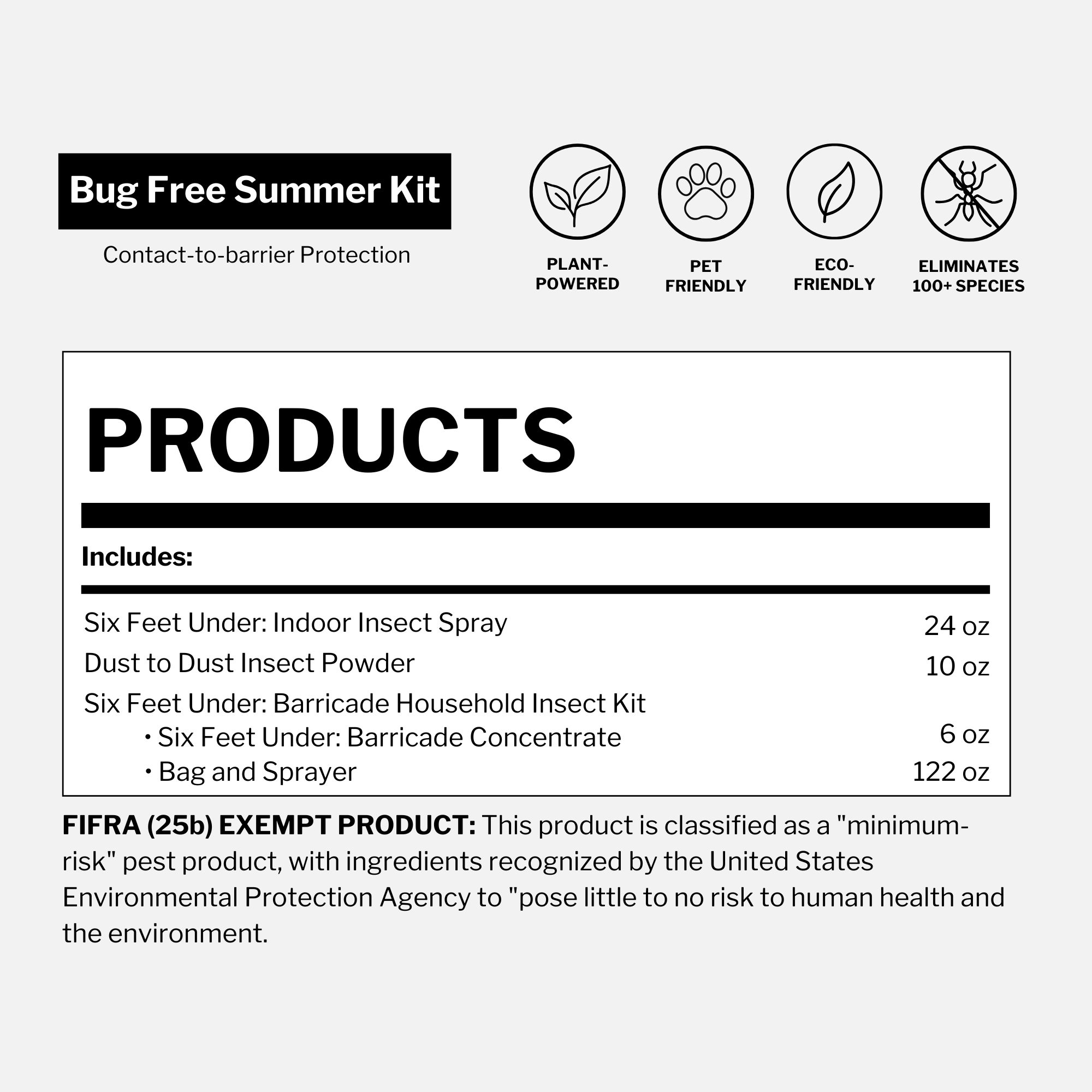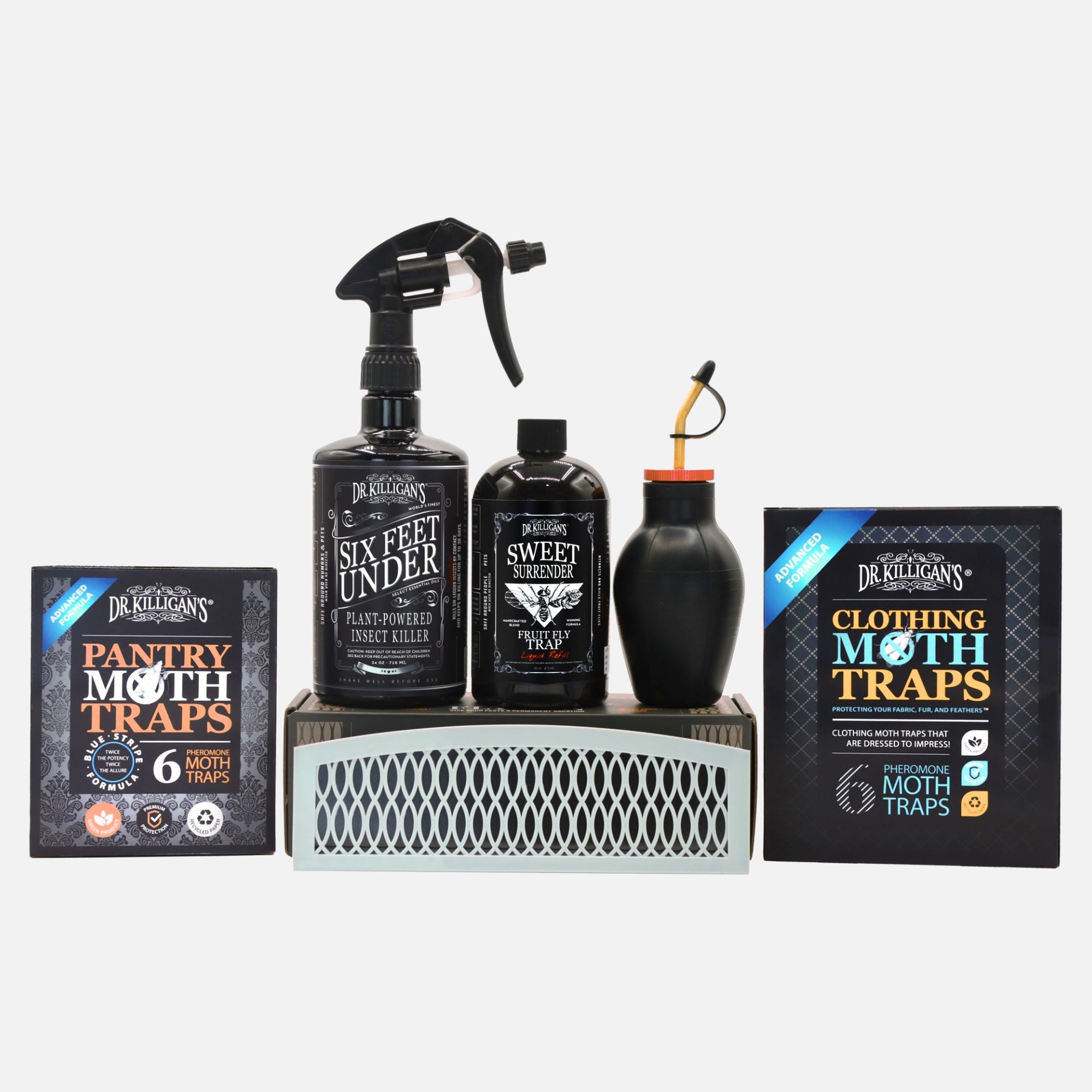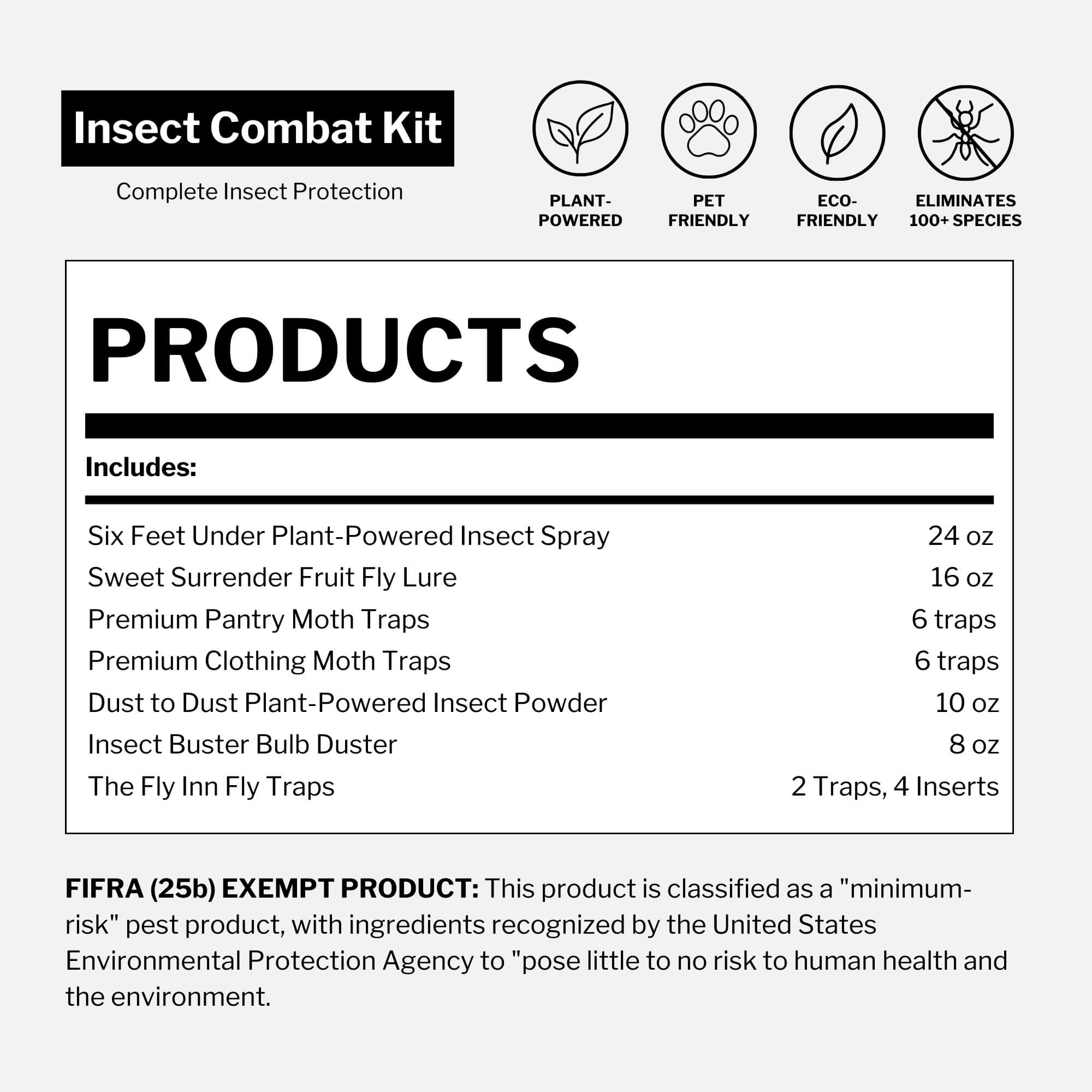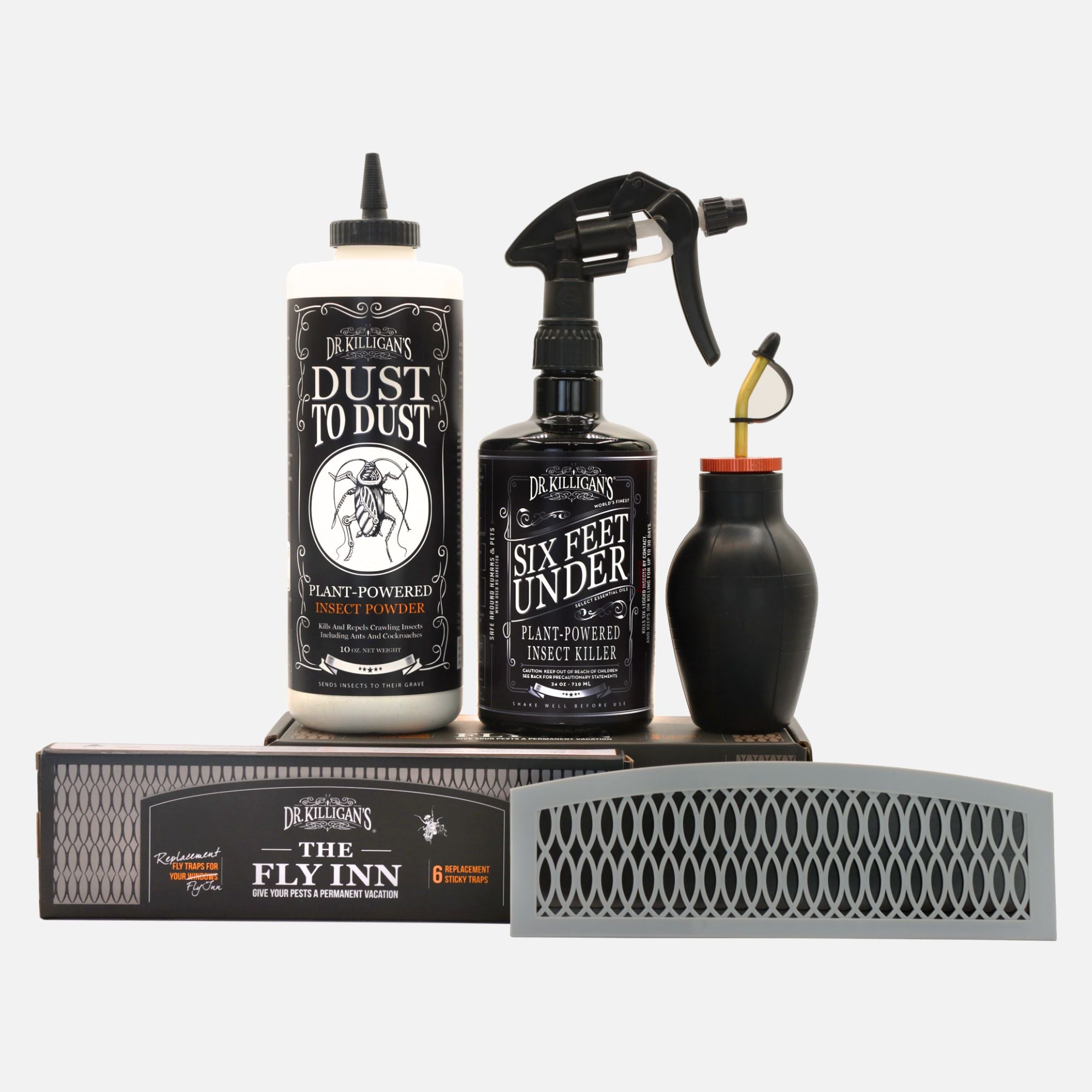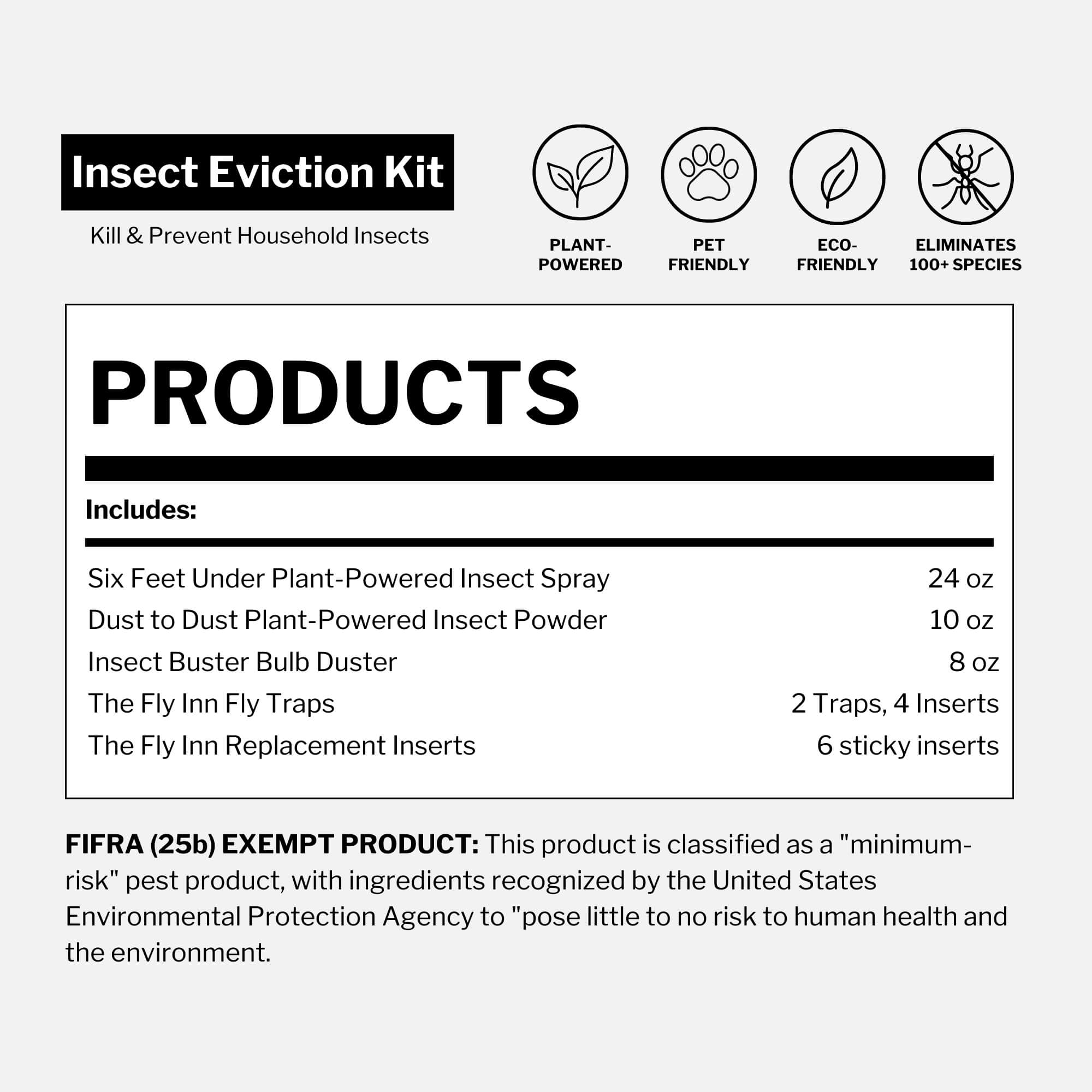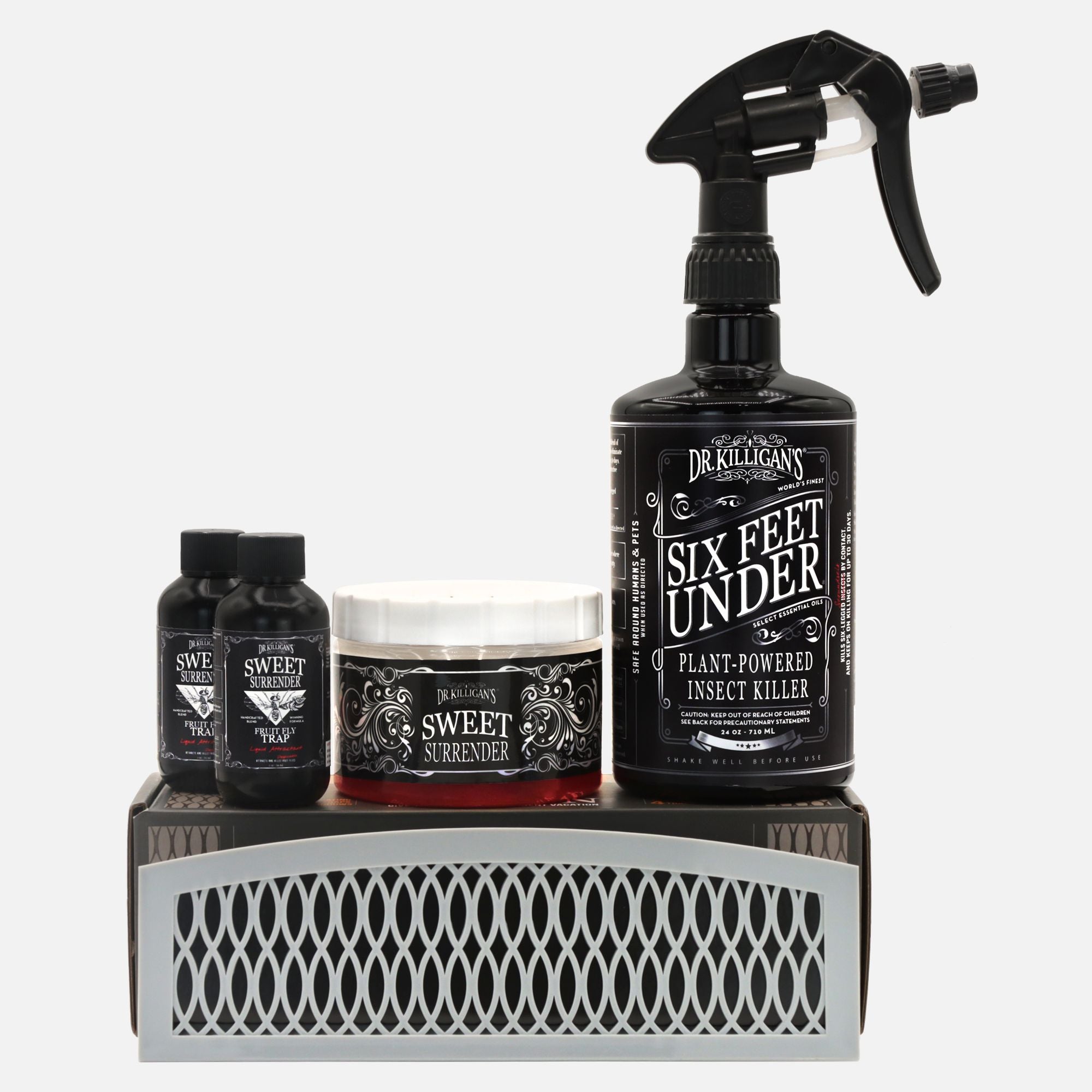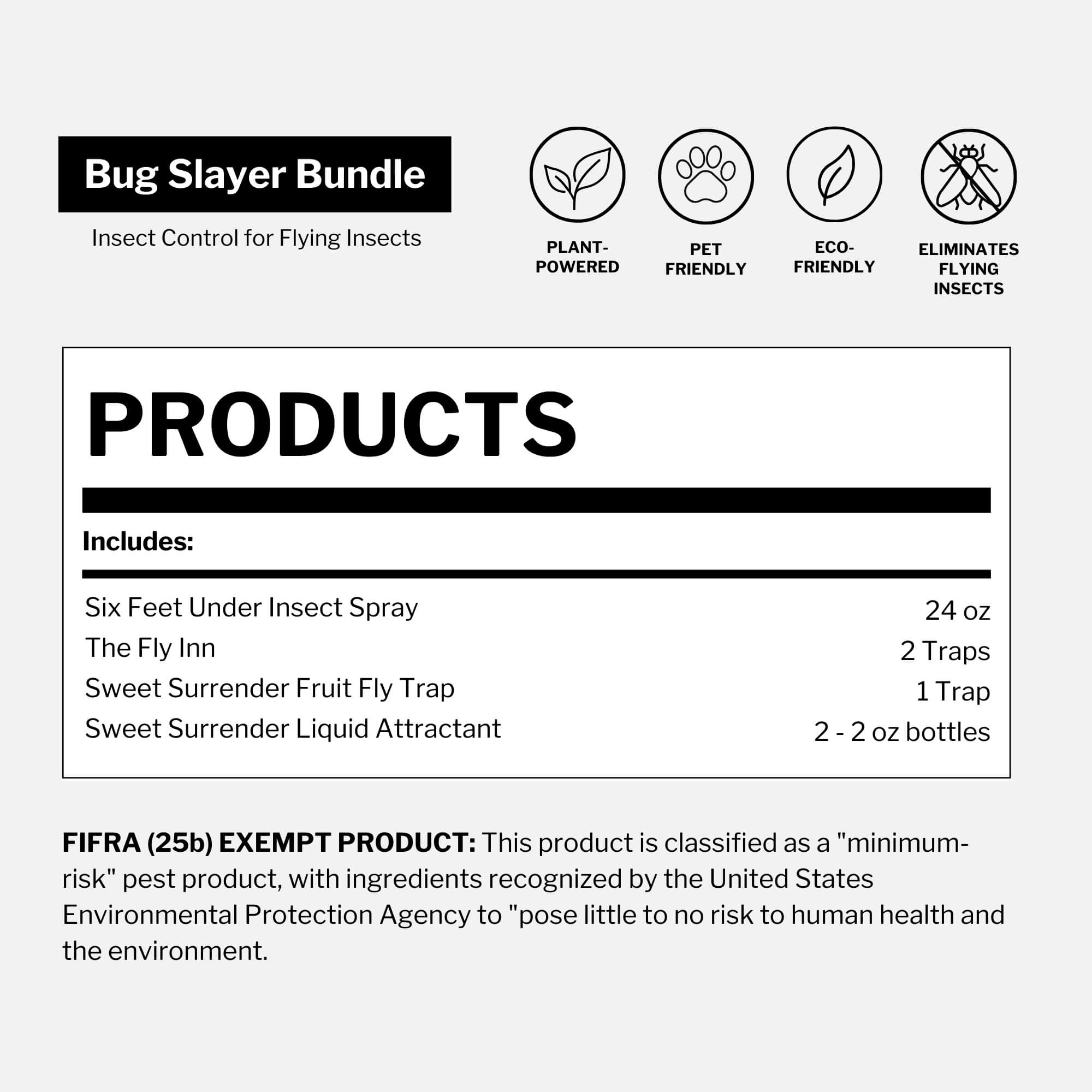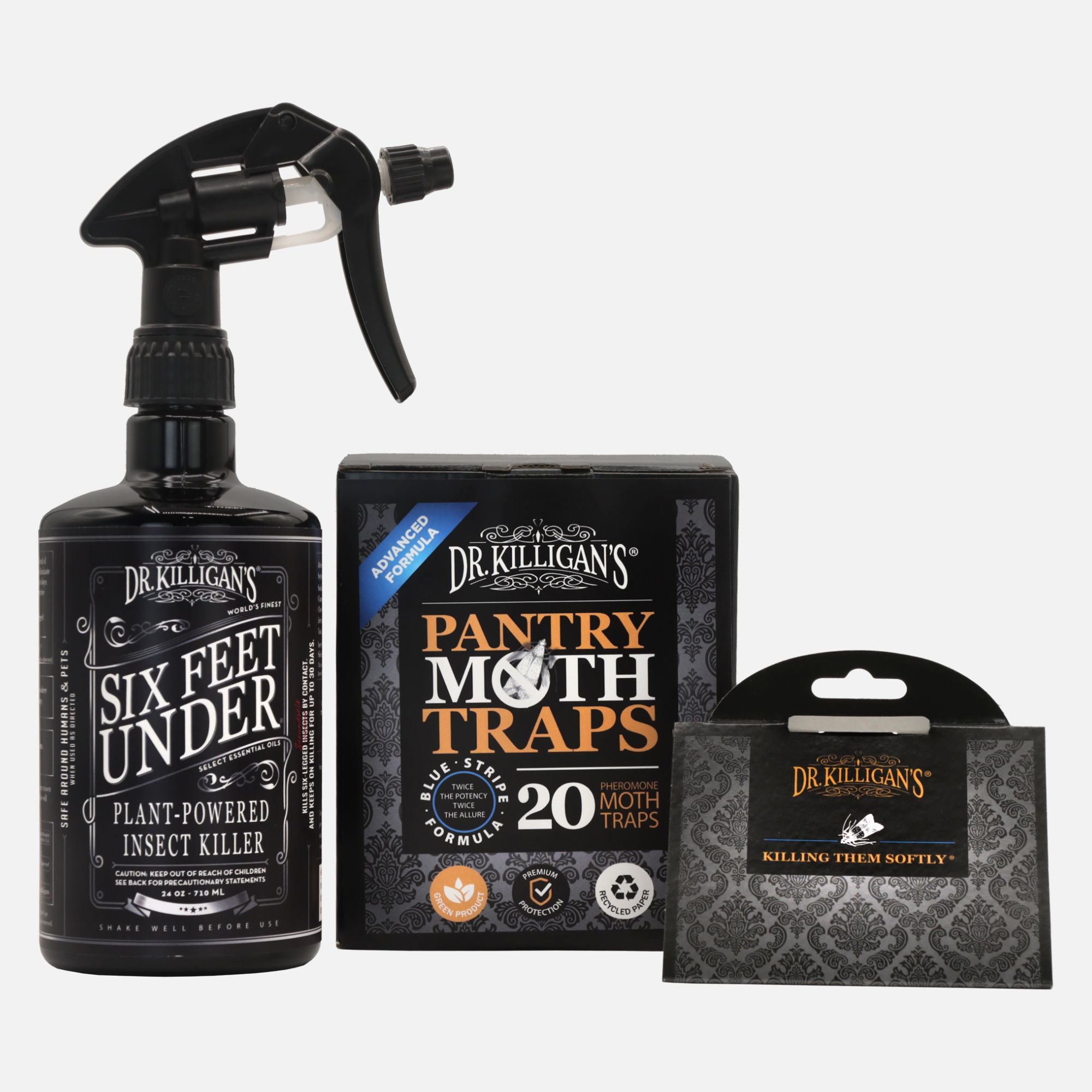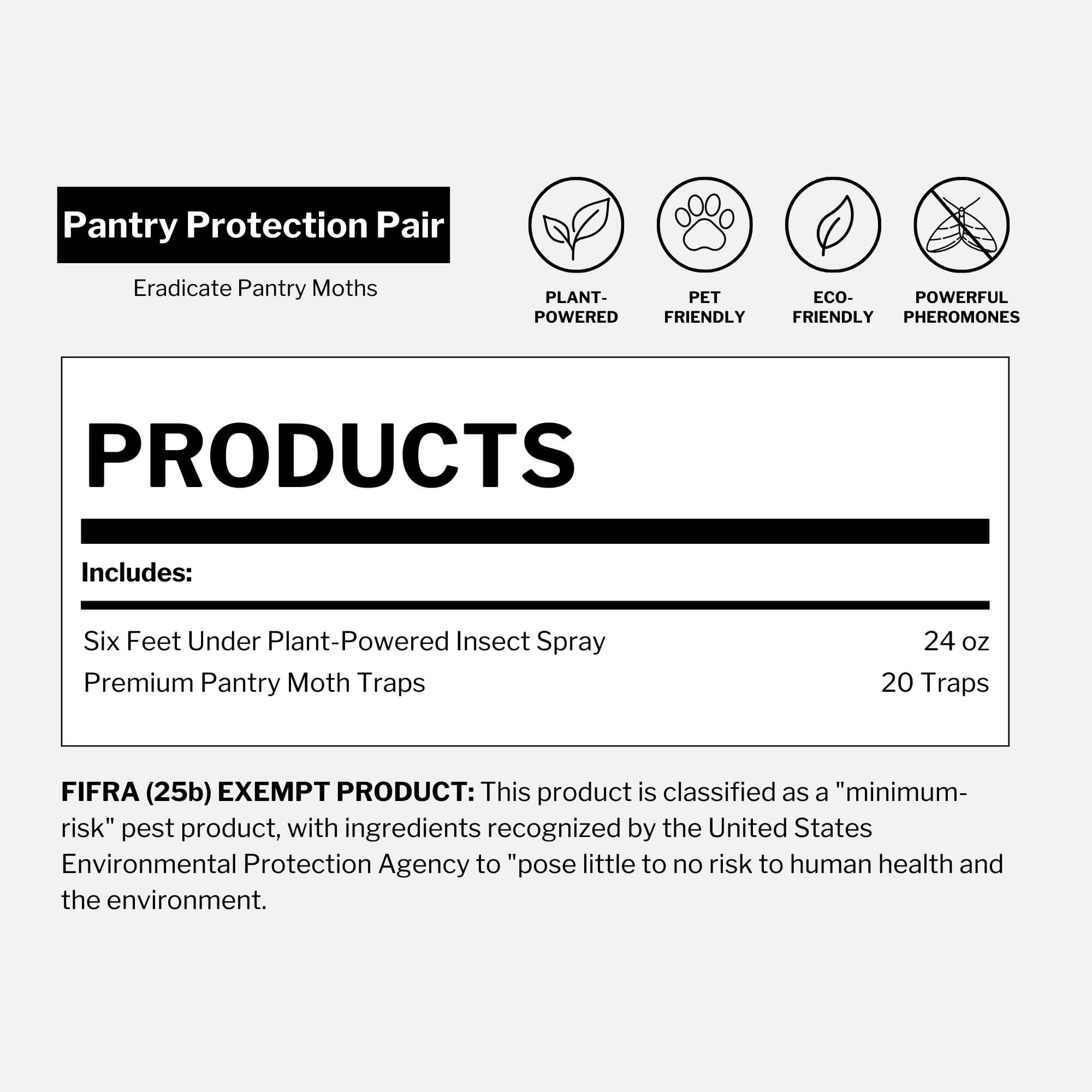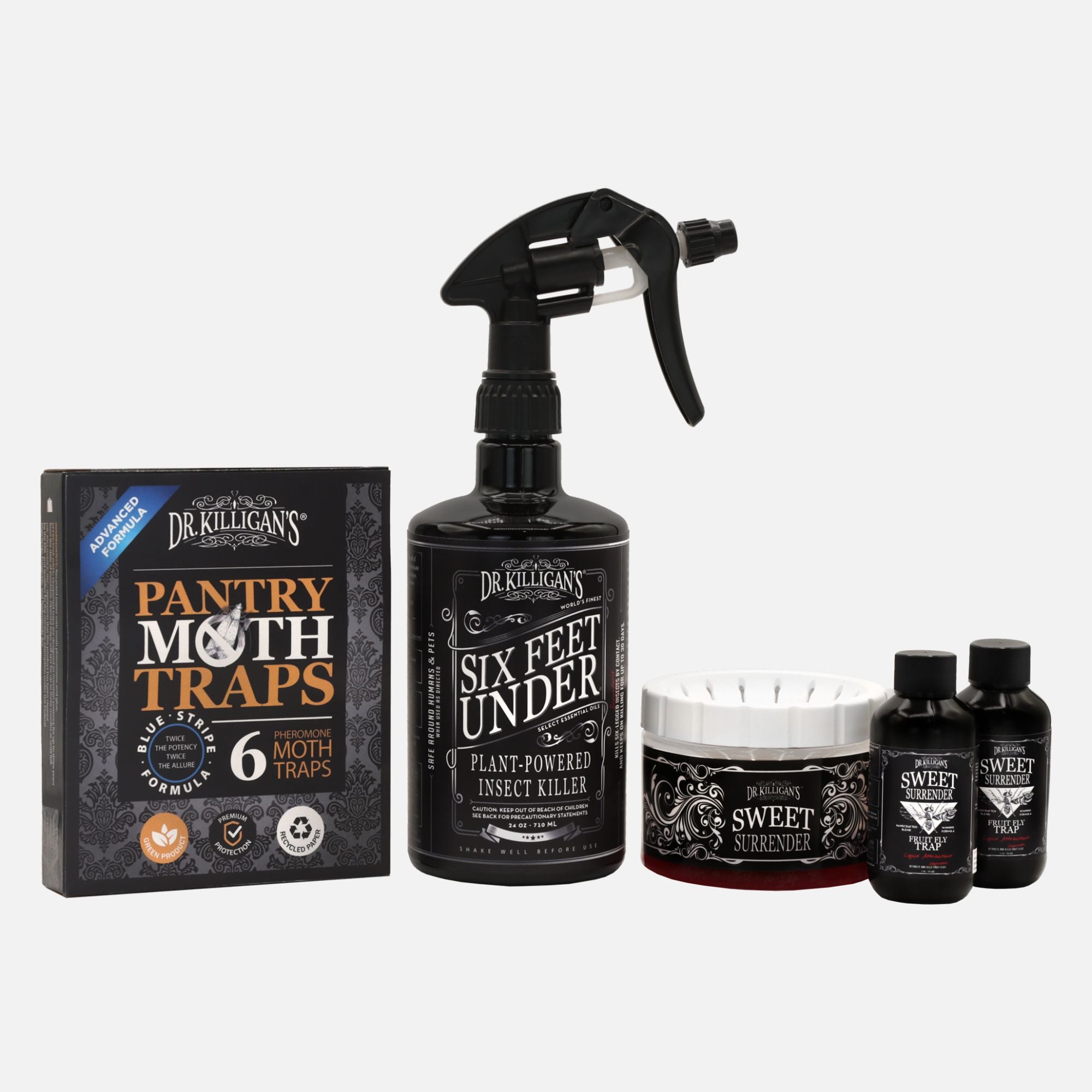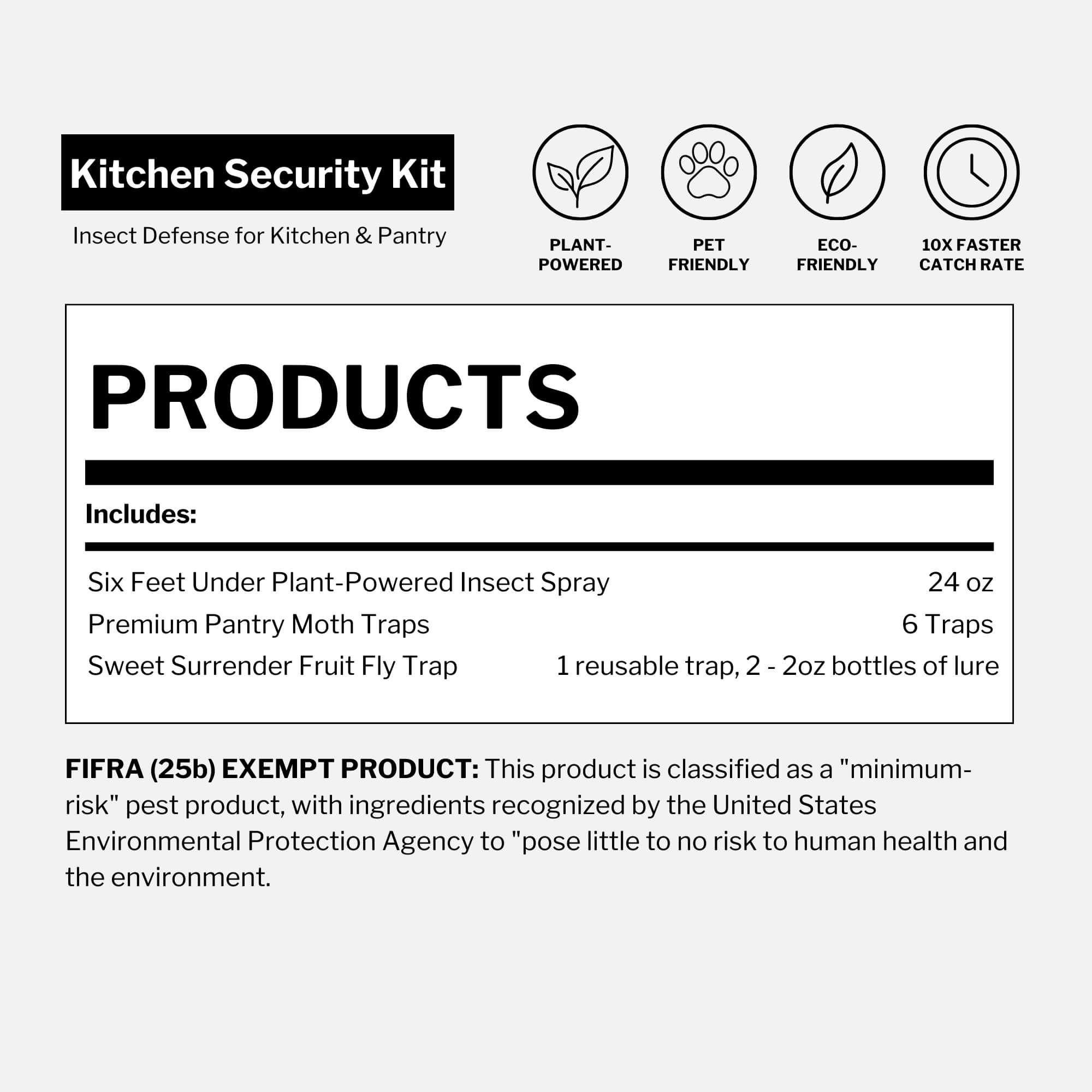Updated October 9, 2025
As temps drop, some garden pests settle in for winter. Spot them now and you’ll save spring growth. Start with a quick ID, check the plants they target, look for damage, then treat the leaves and soil and tidy up plant debris so they don’t overwinter.
Field note
The spring soil was loose and coffee-brown, clean on the nose and soft in the hand. By November, the bed felt cold and gray—weeds creeping, deer nibbling, hope thin—until a cutworm curled under a cabbage leaf. There were still lessons in the garden.

Why garden pests are a winter problem
As temperatures drop, some insects make plans to survive winter—right in your garden. They seem quiet now, but come spring they resume feeding with vigor. Proper identification lets you stop them before they settle in and cause next season’s damage. Below, meet the five culprits and what to do now.

How to use this guide: Each card shows quick ID → plants at risk → damage to confirm → what to do now.
Aphids
Quick ID: tiny, pear-shaped, soft-bodied insects (green, yellow, black or gray) that cluster on new growth and excrete sticky honeydew; young look like smaller adults; some species appear woolly or waxy
Plants at risk: fruit trees, melons, cucumbers, squash, potatoes, beets, lettuce, herbs and many ornamentals
Damage to confirm: curled or yellowing leaves with sticky residue; sooty mold on honeydew, trails of ants tending aphids
What to do now:
- Dust leaf undersides and tender shoots with Dust to Dust Plant-Powered Insect Powder using the Insect Buster, as directed
- Prune heavily infested tips and rinse remaining foliage to remove honeydew and reveal fresh feeding
- For contact control, use a labeled insecticidal soap or neem oil per the label and avoid spraying during peak pollinator hours
Tip: check roses early. Planting alliums nearby can make that bed less appealing
Note: skip household dish soap; use a product labeled for plants
Cabbage loopers
Quick ID: smooth, yellow-green cabbage looper caterpillar about 1½ inches long with pale side stripes; moves in a looping “inchworm” arch. Eggs are laid on leaf undersides and the cabbage looper moth is the non-feeding adult; larvae do the damage

Plants at risk: cabbage, broccoli, cauliflower, kale; will also feed on other garden vegetables when brassicas are scarce
Damage to confirm: large, ragged holes starting on lower leaves; green frass on foliage; loopers hiding on leaf undersides and in heads
What to do now:
- Dust leaf tops and undersides with Dust to Dust using the Insect Buster, as directed; apply late evening or early morning
- Hand-pick larvae and drop into soapy water; inspect inner leaves and heads
- For contact control, use a labeled neem oil spray per the label and avoid spraying during peak pollinator hours
Tip: remove plant debris so pupae in loose cocoons don’t overwinter and use lightweight row covers to block egg-laying where feasible
Colorado potato beetle
Quick ID: oval beetle about ½ inch long with bright yellow-orange body and bold black stripes on wing covers; larvae are hump-backed, reddish to orange with two rows of black spots on each side; eggs appear in tight yellow-orange clusters on leaf undersides

Plants at risk: potatoes (favorite), eggplant, tomatoes, peppers
Damage to confirm: defoliation that starts at tender tips, then whole leaves; larvae and adults feeding together; skeletal leaf remains if unchecked
What to do now:
- Dust leaf tops and undersides with Dust to Dust using the Insect Buster, as directed
- Hand-remove adults, larvae and egg clusters; drop into soapy water and recheck new growth every few days
- For contact control, use a labeled neem oil spray per the label and avoid spraying during peak pollinator hours
Tip: remove plant debris and volunteer potatoes after harvest so beetles don’t overwinter nearby; consider early row covers on young plants to block egg-laying
Tip: act quickly. Colorado potato beetles can produce overlapping generations in warm weather, so numbers build fast if you don’t remove eggs and young larvae
Cucumber beetles
Quick ID: ¼-inch beetles with black heads and long antennae. Two common types: striped cucumber beetle with three black stripes on a yellow body and spotted cucumber beetle with 12 black spots on green-yellow. Larvae live in soil and feed on roots
Plants at risk: cucumbers, squash, pumpkins, melons, plus beans, corn, tomatoes and some flowering plants
Damage to confirm: small holes and notches in leaves, yellowing or wilting on young plants, shallow scars on fruit; larvae feed on roots below the soil line, so seedlings may wilt with little foliar damage. Gently check soil at the stem base for feeding and larvae
Quick fact: Cucumber beetles can transmit bacterial wilt in cucurbits. If vines suddenly wilt and don’t recover after watering, remove the plant, dispose of it (don’t compost) and clean tools before touching healthy vines
What to do now:
- Dust leaf tops and undersides with Dust to Dust using the Insect Buster, as directed
- Hand-pick adults into soapy water and scrape off egg clusters; recheck seedlings and new growth every few days
- Use row covers to exclude adults on young plants and remove covers at bloom for pollination; for contact control, use a labeled neem oil spray per the label
- Add yellow sticky cards at canopy height to monitor pressure and check them weekly
Cutworms
Quick ID: smooth, plump cutworm caterpillar about 1–2 inches long, colors vary (brown, gray, green, pinkish to nearly black). Curls into a tight C-shape when disturbed. Night-active; the cutworm moth is the adult, larvae do the damage
Plants at risk: tomatoes, peppers, cabbage, lettuce, beans, corn, carrots and other tender seedlings or plants with soft or weakened stems
Damage to confirm: seedlings cut off at the soil line or wilting plants with stems chewed near ground level; larvae feed at night and hide in the top inch of soil by day, so damage appears suddenly
Quick fact: Cutworms overwinter as larvae in your soil, so tilling your garden in the fall and spring can also help reduce carryover
What to do now:
- Dust a light band of Dust to Dust around stems and across the soil surface using the Insect Buster, as directed
- Hand-pick at dusk or dawn; check just below the soil next to damaged stems and drop larvae into soapy water
- Install simple plant collars (cardboard, plastic or foil) around young stems to block night feeding
Tip: many cutworms overwinter as larvae in soil. After harvest, remove plant debris and lightly cultivate bed edges in fall and again before spring planting. Beneficial nematodes can be used in moist soil as part of a broader program





